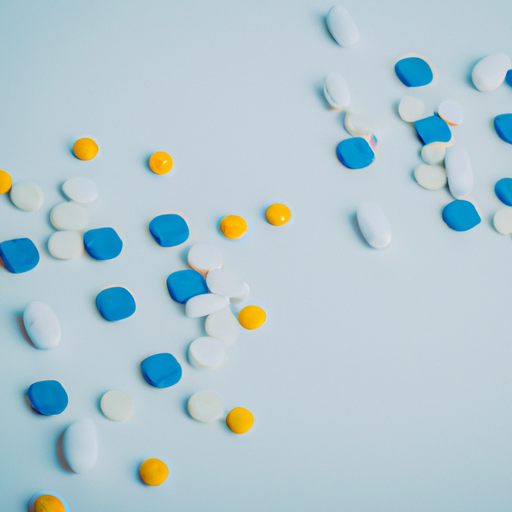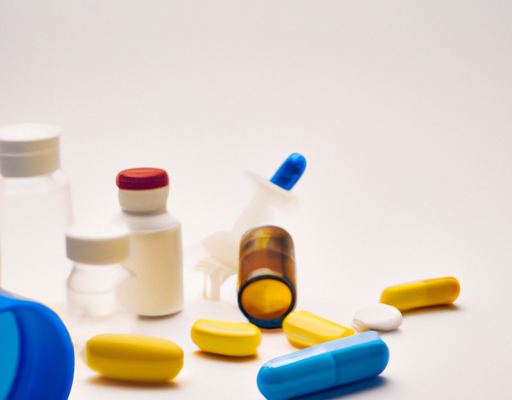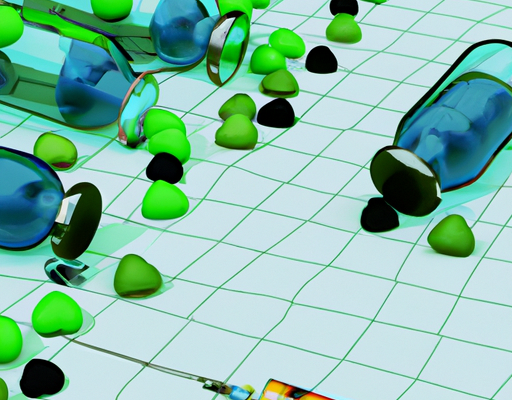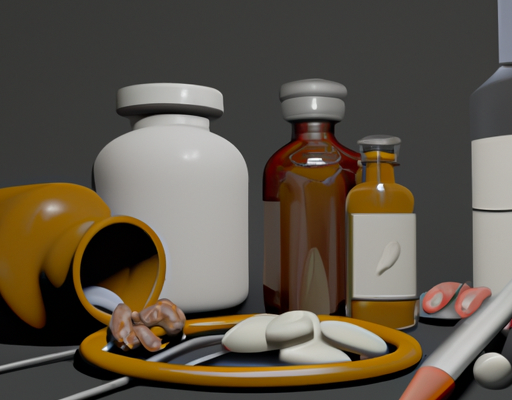Reasons why pimples have pus
Pimples are a common skin condition that occur when the pores of the skin become clogged, trapping bacteria, oils, and dead skin cells beneath the surface. Pus is a yellowish liquid that is produced in response to this infection and is rich in proteins and white blood cells. When a pimple appears, the body’s immune system is activated, sending white blood cells and other proteins to fight the infection and help repair the damage. Pus is a sign that the body is successfully fighting the infection, and it is important to let the body do its job and not interfere with the healing process. Additionally, infection can spread if one attempts to pop or squeeze the pimple, so it is generally best to leave the pimple alone and let it heal on its own.
The types of bacteria that cause pimples
When it comes to pimples, bacteria is usually the culprit. But not all bacteria is created equal; there are different types of bacteria that cause pimples in different people. Common bacteria associated with pimples include Propionibacterium acnes, Staphylococcus epidermidis, and Cutibacterium acnes. In most cases, the bacteria can be found deep inside the pores, feeding on skin oils and then multiplying. As they multiply, they produce substances that cause an inflammatory reaction in the surrounding tissue, leading to redness, swelling, and pus. Although these bacteria are naturally occurring, an overgrowth of bacteria can often happen due to an imbalance in skin pH. If left unchecked, the resulting infection can lead to dermatitis and acne breakouts. To avoid skin issues, it is important to keep the skin clean and free of excess oils to prevent bacterial growth.
What to do if you have a pimple with pus
Pimples with pus can be quite unpleasant and embarrassing. If you find yourself in this situation, there are some steps you can take to deal with it. Here’s what to do in order to treat a pimple with plenty of pus:
- Wash your face with a gentle cleanser
- Apply a warm compress to the affected area
- If the pimple is particularly large, use a needle to gently puncture it allowing the pus to drain out
- Apply an over-the-counter acne cream to the spot
- Use a clean cotton swab to apply a small amount of tea tree oil to the pimple
- Keep the area clean and dry
Following these steps can help you reduce the size of the pimple and the amount of pus present. If the pimple does not clear up after a few days, consult with a dermatologist for further treatment options.
Advice on preventative care
Having a pimple on your face is never any fun, and it can be even worse if it’s full of pus. But while having a pimple may be unavoidable, there are some things you can do to help prevent one from happening in the first place. Good hygiene habits are essential for healthier skin. Washing your face with a gentle cleanser twice a day, avoiding makeup and moisturizing can help keep your skin clear. Eating a balanced and healthy diet full of vegetables, fruits, and whole grains can also help keep skin looking healthy and clear. Finally, try to keep your stress levels in check, as stress can contribute to acne flare-ups.
What can happen if pimples with pus are not treated
Left untreated, a pimple with plenty of pus can quickly become a health hazard. Pus is a mixture of bacteria and white blood cells, and a large build-up can be incredibly uncomfortable, painful and even dangerous. Not only can it lead to infections and inflammation, but the infection can spread to other areas of the body. This can be incredibly serious, and can lead to scarring, severe pain and in some cases, even death. Therefore, it is important to seek medical assistance should you notice a build-up of pus on a pimple, to ensure that the issue is not aggravated and proper treatment can be administered right away.
The importance of proper skincare
Having good skin is important to feeling confident, healthy, and attractive. It is not just a matter of vanity, as healthy skin is essential to one’s overall wellbeing. Proper skincare is essential to maintain healthy skin, and regular check-ups with a dermatologist are important to help spot any potential issues. Skincare should include cleansing, moisturizing, and protecting the skin from the sun. The skin needs to be kept clean and free from dirt, oils, and bacteria. Moisturizing helps to keep the skin hydrated and supple, while protecting it from the sun is key to prevent sun damage. Regularly exfoliating the skin to remove dead skin cells can also help to promote healthy skin. Finally, it is important to remember that everyone’s skin is different and will require an individualized approach to skincare. Taking the time to understand one’s skin type and what works best for it can help to ensure healthy skin.
How to get rid of a pimple with pus
Having a pimple with plenty of pus on your face can be a source of big concern and discomfort. Although pus is a sign of the body’s fight against an infection, it can still cause unwanted inflammation and visible redness. To get rid of a pimple with pus effectively, it is important to first identify the root cause of the pimple. Oily and bacteria-prone skin is more prone to get infected, and therefore it is important to take preventive measures such as keeping the skin clean and hydrated. Additionally, washing your face twice daily with a mild and gentle cleanser can help reduce the risk of pimples developing. Moreover, using over-the-counter medications, such as benzoyl peroxide and salicylic acid creams, can also help reduce inflammation and dry out the pimple. Lastly, when a pimple with pus is already present, it is important to let it come to a natural head, and avoid squeezing or squeezing it, which may make the infection worse. Following these steps can help to remove a pimple with pus quickly and effectively.
Different products used to get rid of pimples with pus
When a pimple is accompanied by pus, it can be particularly bothersome. Many acne-fighting products boast about treating breakouts, but only a handful are effective in treating pimples with pus. First, you need a treatment that contains benzoyl peroxide, a powerful antibiotic that kills the bacteria trapped within the hair follicle, reducing inflammation. If the pus is significant and painful, you can apply a hydrocortisone cream or calamine lotion to bring down swelling and provide fast relief. Finally, if the pimple is still present, you may want to consider using a spot cream, which helps to significantly reduce the size and appearance of the pimple. With the right combination of treatments and a little patience, you can be pimpin’ free in no time.





No Comments